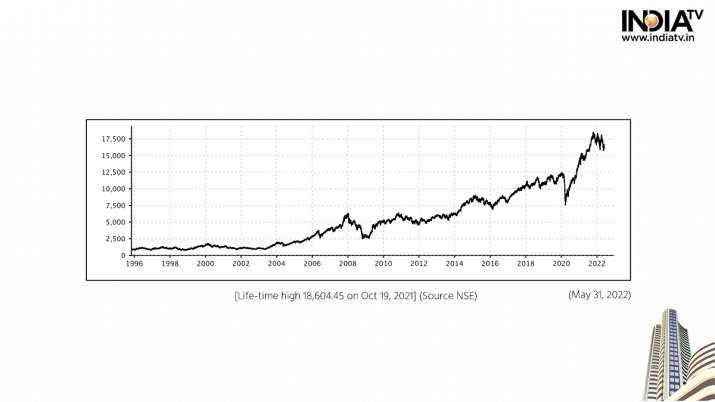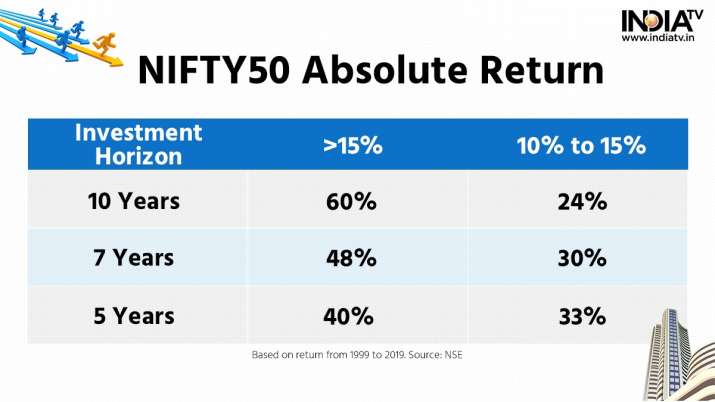Inflation, which is a natural phenomenon in an economy, can affect the value of savings if persists above a particular level or tolerance level for a long period of time. This will ultimately reduce the purchasing power of the money that a person saves from his hard earned money over a period of time. When you save money, it seems important in today’s context. But that is not the goal. When you save, you take into account the rising prices of yesterday’s services or goods. But this amount may not be significant after so many years from now due to rising prices. Hence, it is suggested to give extra cushion to your investment by hedging.
Mahesh Shukla, Founder and CEO, PayMe India explains that hedging is important to protect the purchasing power of your money. To hedge against inflation and protect the value of investments, investors often turn to strategies to prepare for a sudden drop in currency rates by cultivating asset classes that can help you match or beat prices in the future. Huh. “Traditionally, the ideal way to hedge against inflation is to invest in assets that will either maintain their value during inflation or increase in value over time,” he said.
Effective Strategies to Hedging Inflation:
Sleep
Investing in gold has traditionally been considered the best hedge against inflation. Its prices tend to rise during high inflationary economic scenarios. While there are counter arguments that gold is no longer a hedge against inflation, it is certainly a safe zone for steady gains in times of crisis.
If you look at the returns of gold in the last 10 years, it is fantastic. The yellow metal has gained 134 per cent in the last one decade. On January 1, 2010, gold was being sold at the rate of Rs 16,650 per 10 grams. Its price reached Rs 40,280 on 7 September 2019.
Historical Gold Rate in India
Hence, investing in gold can be considered as an ideal alternative investment to hedge against inflation.
Mahesh Shukla said, “Gold in particular for Indian investors may be more of a currency hedge than an inflation hedge as the price of gold tends to fluctuate according to the rupee exchange rate rather than global prices and current inflation in the country.” Is.”
Ravi Singh, Vice President and Head, ResearchShare India said that gold is one of the most preferred assets to protect investments against inflation. “Other commodities used as raw materials, including oil, natural gas, industrial metals, wheat and corn, also act as a natural hedge against inflation,” he said.
equity
In inflationary scenarios, the bond market is generally more affected than the stock market. Therefore, it is prudent to shift a certain portion of the portfolio from bonds to equities. Most experts recommend that the 60-40 stock-bond equation is the safest and most conservative mix in an investment portfolio. Buying quality stocks that can give higher yields over a long period of time can be a good decision.
Ravi Singh said equities perform well in an inflationary environment as corporate earnings are also strong, especially in cyclical industries. Few sectors like energy, power, FMCG and pharma have always given good returns in such scenarios.
“Stocks tend to grow over time as the company expands and they can pay dividends, a return far higher than the rate of inflation will protect your dwindling value for money,” said Manoj Dalmiya, founder and director of Profitable Equities.
nifty 50 performance
Since its inception in November 1996, the Nifty 50 index has given an annualized return of 12.2%, according to exchange data published in the July 2017 white paper.
Nifty50 performance since inception
Based on the daily rolling return analysis of NIFTY50 from 1999 to 2019, the person investing in the index with an investment horizon of at least 5 years has never suffered a loss. According to exchange data published in the April 2019 white paper, over the past 10 years, the index has earned a total return of 15.98% per annum.
On a rolling return basis, the index has given returns of over 15 percent per annum for the 60 percent bar for a 10-year investment horizon. For a 7-year investment horizon, the index delivered annual returns of over 15 percent per year 48 percent of the time.
Full Return of NIFTY50
International Equity Exposure
International exposure can be a very effective strategy during difficult economic conditions such as inflation. While many of the world’s economies are affected by market indices in the United States, major economies such as Italy, Australia and South Korea are the least affected. Investing in stocks and bonds in such markets can give investors an opportunity to generate good returns.
“The two most effective and low-cost ways to diversify investing internationally are Exchange Traded Funds (ETFs) and Mutual Funds,” Mahesh Shukla said.
real estate
With the rate at which India is growing, real estate will be at the fore. Private investment in this sector is increasing due to greater transparency and returns. Therefore, investing in real estate offers many advantages. Like commodities, hard assets like real estate tend to rise even more in an inflationary environment.
Yuvraj S Rajan, director, Rayaskaran Group, said inflation benefits real estate owners who make money from their rental properties, especially in property areas with short-term lease agreements such as multi-family complexes because of the rise in housing prices. The increase translates into higher rents.
“Ultimately, because property values rise steadily over time, real estate can be an inflation hedge. Most properties that hit rock bottom when the real estate bubble burst in 2008 were at their pre-crash levels in less than a decade. Real estate investments can provide a steady income in terms of value while outperforming or outperforming inflation,” he said.
In the last decade (2010-2019), property rates in major cities (Pune, Delhi, Chennai, Bengaluru, Hyderabad, Kolkata and Mumbai Metropolitan Region) including metropolitan areas have increased by an average of 38 per cent as against 52 per cent. Growth from 2000 to 2009. Average home price increased from Rs 2,490 per sq ft in 2000 to Rs 3,784 per sq ft in 2009. Similarly, the average property price in the top seven cities increased from Rs 4,063 per square in 2010 to Rs. 5,599 per sq ft in 2020.
Property prices in MMR (Mumbai Metropolitan Region) increased by 33 per cent to Rs 10,610 per sq ft in 2020 from Rs 7,965 per sq ft in 2010. The same figure grew by 67 percent between 2000 and 2009, the largest of all cities.
According to the Raiskaran Group, the country’s real estate sector is expected to grow from $200 billion to touch $1 trillion in 2021. This will account for 13 percent of the country’s GDP.
Another viable option is to invest in real estate investment trusts (REITs) or companies that own and operate a portfolio of commercial, residential and industrial properties that can be easily bought and sold.

